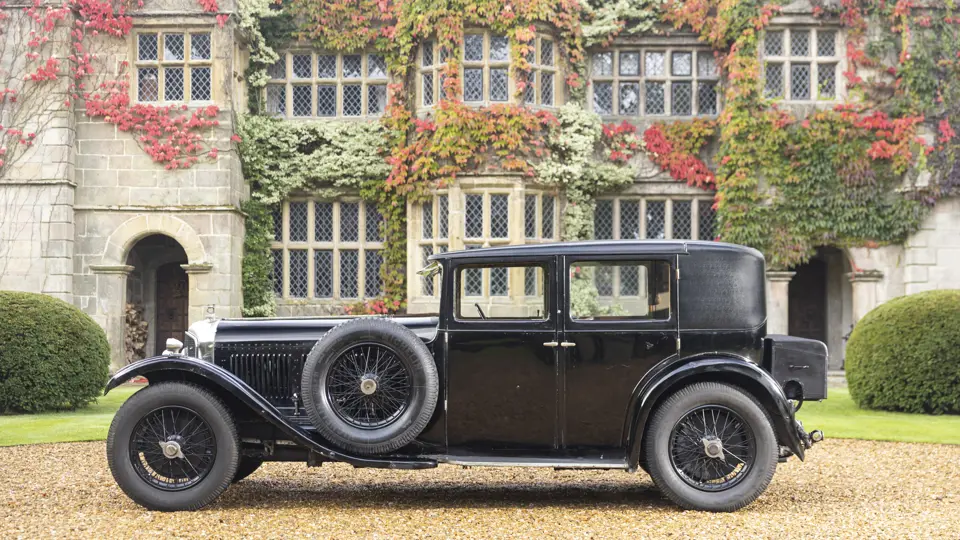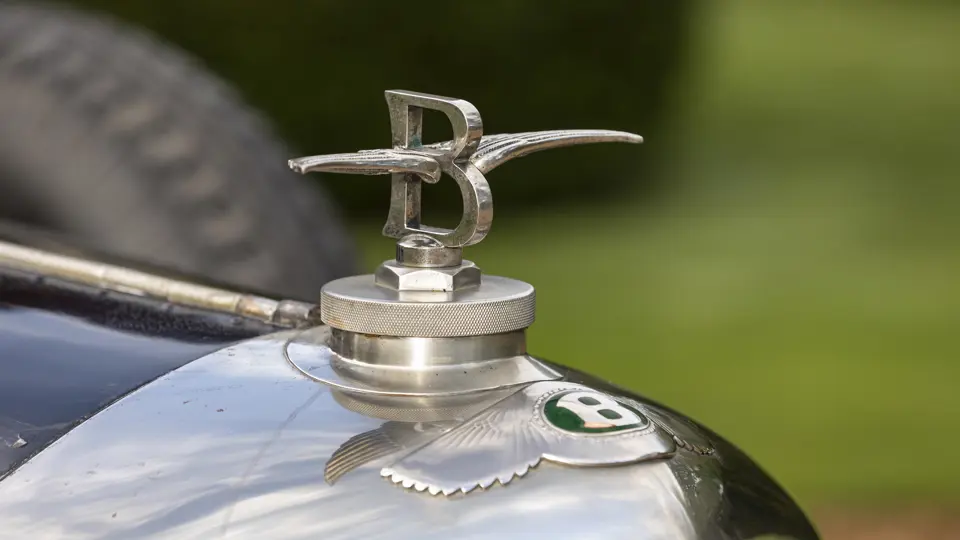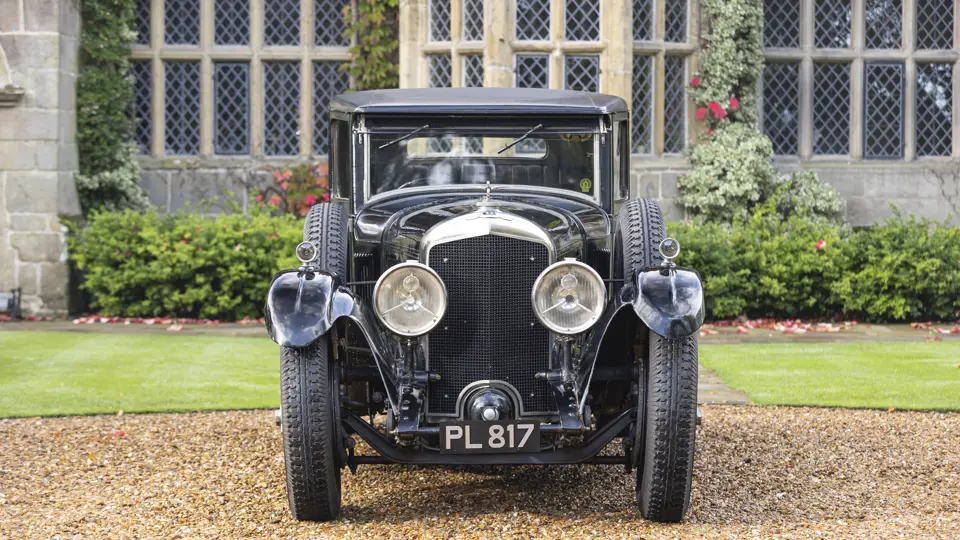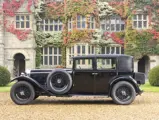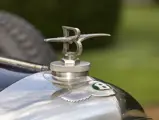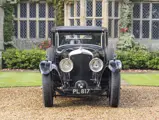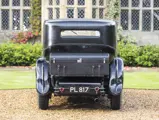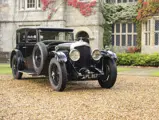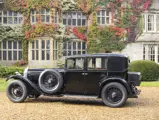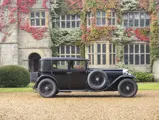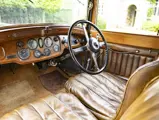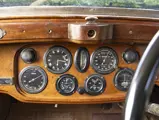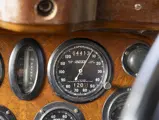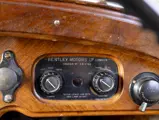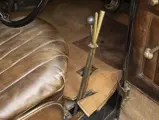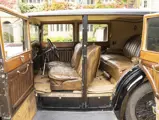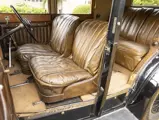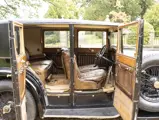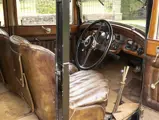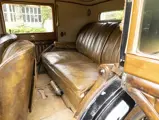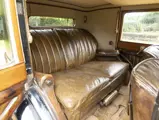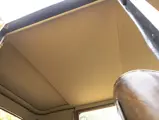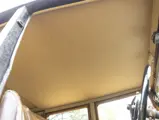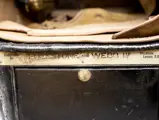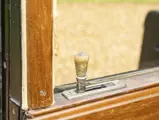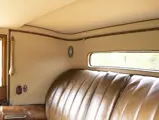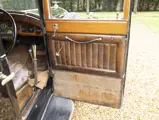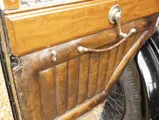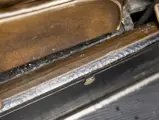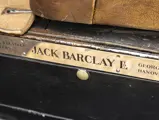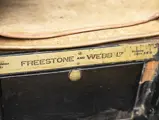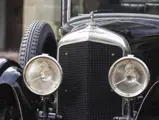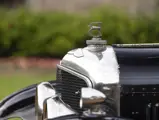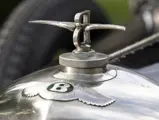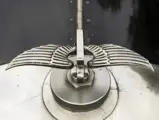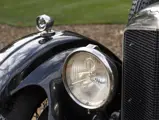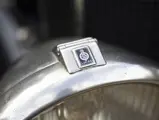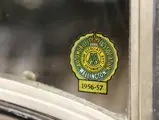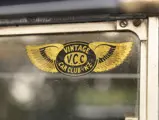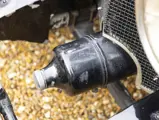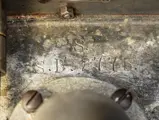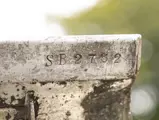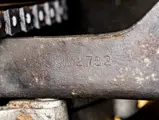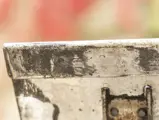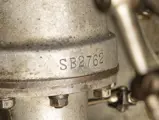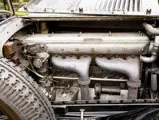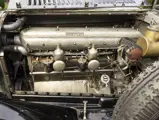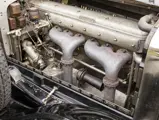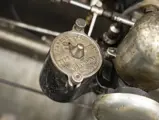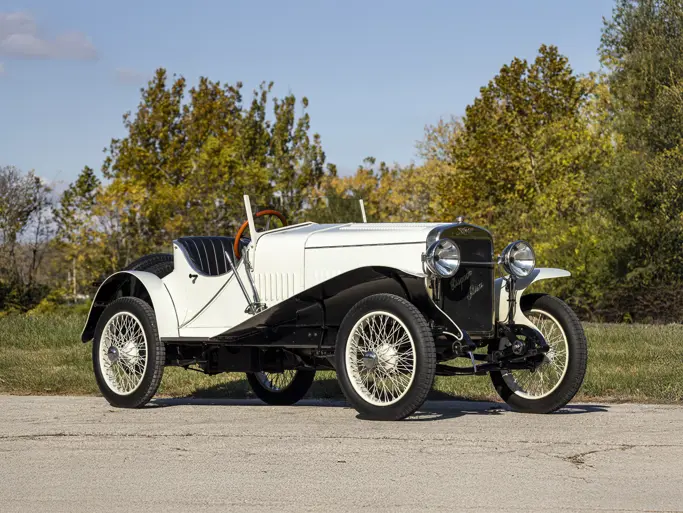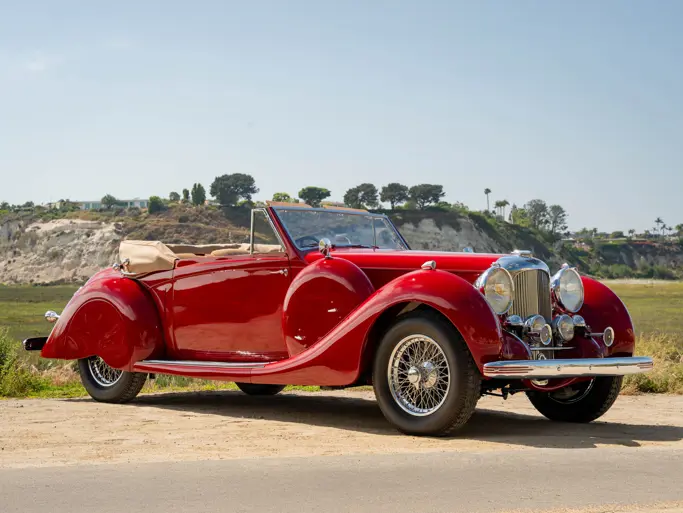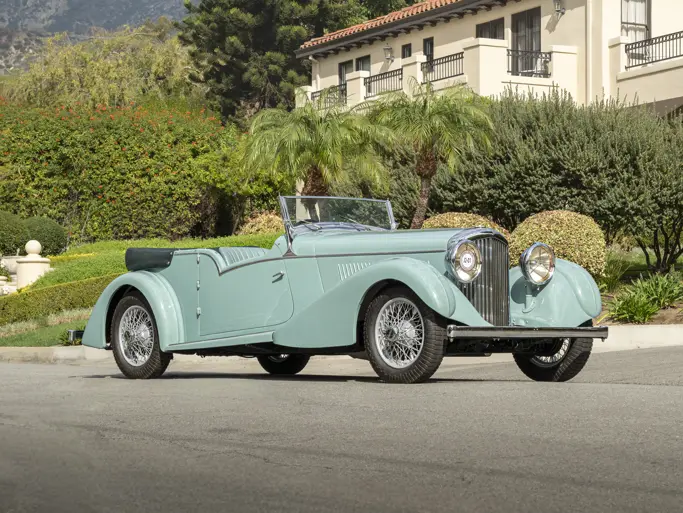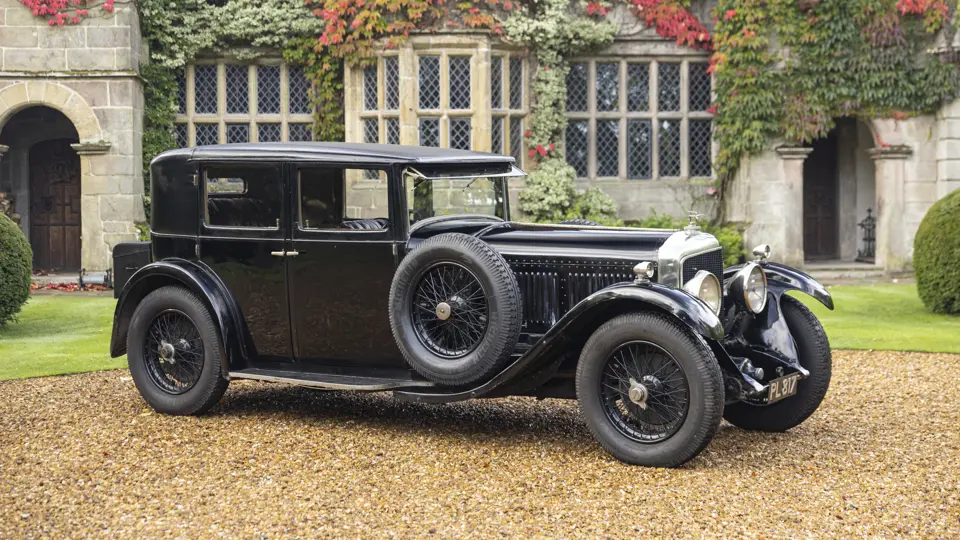
1929 Bentley Speed Six Weymann Saloon by Freestone & Webb
{{lr.item.text}}
£800,000 - £1,300,000 GBP | Not Sold
{{bidding.lot.reserveStatusFormatted}}
- An exceptionally original, correct, and intact Speed Six
- Fascinating known ownership history
- Still in largely unrestored and conserved condition
- One of just two known survivors with this handsome coachwork
- Accompanied by a history report from noted historian Dr Clare Hay
- A true contender for the Preservation Class at any major concours d’elegance
Created at the behest of Bentley Motors chairman Woolf Barnato, the Speed Six was the sportier derivative of the massive and potent 6½-Litre. Thanks to a thorough host of mechanical upgrades, the model exhibits performance above and beyond its sibling by incredible measure.
In fact, Speed Sixes proved so dominant at the 24 Hours of Le Mans in 1929 that they were instructed to slow their pace to touring speed for the final few hours on route to victory. They returned to Le Mans in 1930, repeating the same feat down to the “slow finish”, marking Bentley’s fourth consecutive victory at the world’s greatest endurance race.
Mechanical updates continued over the model’s production, and by late-1930 the Speed Six’s engine had been uprated to 180 brake horsepower. Chassis configured very similarly to the Le Mans cars were released to private owners and fitted with remarkable custom coachwork.
The Speed Six offered here was built on the 11’6” wheelbase chassis, with 1930’s more potent 180 brake horsepower engine, plus updated Bentley and Draper hydraulic shock absorbers. Its chassis was completed on 25 September 1929 and dispatched to London coachbuilder Freestone & Webb, which bodied it as a lightweight and rather sporting fabric-panelled saloon to the French Weymann patents.
Afterward the car was advertised for sale by dealers Rootes Ltd., in the 27 June 1930 The Autocar, before delivery to original owner S.B. Peek, of Fraser Heath in Headley, Surrey, to whom it was registered as “PL817”. A regular Bentley client, Mr Peck upgraded in June 1931 to the latest 8-Litre, and the Speed Six passed to Major J M J Evans at 12,496 miles. It continued to undergo regular factory services in his ownership, including minor repairs in the fall of 1931 and summer of 1932.
In late 1934 the car was offered for sale by Jack Barclay, and soon after purchased—allegedly through Sir Malcolm Campbell—by RAF Group Captain Keith Caldwell, awarded the Silver Jubilee Medal by King George V Captain Caldwell exported it to New Zealand early in 1935. He took note of the Weymann fabric body’s propensity for sun damage, and had the body repanelled in metal below the beltline moulding, as was common in-period. In this ownership the car was featured in the 1 October 1939 edition of the New Zealand Observer, noting that the ‘Ace Car of Ace Pilot’ was ‘Nine Years Old and Still Going Strong… it can and does do its 75 mph in third, 60 in second, and 40 in low gear when called upon.’
The car remained in New Zealand with a short known roster of caretakers, including a D M Nathan from 1955 until 1986, and afterward moved with new owner Jim Nilson to Australia, where it remained, largely unchanged, into the 21st Century. It was later exported back to the United Kingdom for a new caretaker, who undertook careful preservation work to the chassis and body.
Notes of Bentley historian Dr Clare Hay, whose typically highly detailed and fascinating report is included within the history file, note that the car retains its original chassis, stamped on the front cross-member; numbered bonnet side panels; engine sump; steering box; C-Type gear box; battery box; back axle banjo and differential casing; and instruments. Even the pair of SU HVG5s are a matched set and thus likely original to the car, and the Freestone & Webb body number is stamped onto one of the rear floorboards.
Aside from a few minor components, such as the coil, Dr Hay notes that all is ‘exactly correct for a 1930 Model Speed Six… the chassis generally is extraordinarily original,’ retaining an impressive quantity of original and correct finishes. The car is still wearing what is believed to be its original black paintwork of 1935, with a later roof covering, and is summed up in the report as ‘a fascinating piece of archaeology,’ retaining its original woodwork and trim, down to the woven assist handles and even the cigar lighter. Only the headliner required replacement. A full engine rebuild was undertaken by marque specialist Ewen Getley of Kingsbury Racing, invoices for which are on file. The consignor also recently commissioned a master upholsterer to create new front seats for driving use, so that the originals can be conserved–a very thoughtful and useful touch.
One of only two known surviving Freestone & Webb Weymann saloons on this ultimate chassis, this is a genuinely amazing example of the Speed Six Bentley, one of the greatest performance motorcars of its era. In a world of rebodied and reconstructed examples, it is indisputably very much the automobile known by its original owner and every caretaker since, with the finishes and fingerprints of its life still richly present.
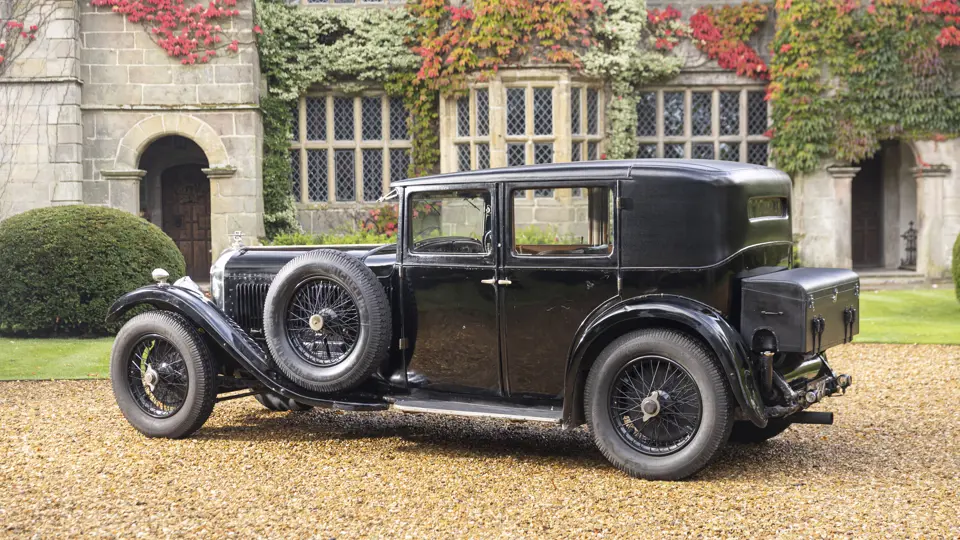
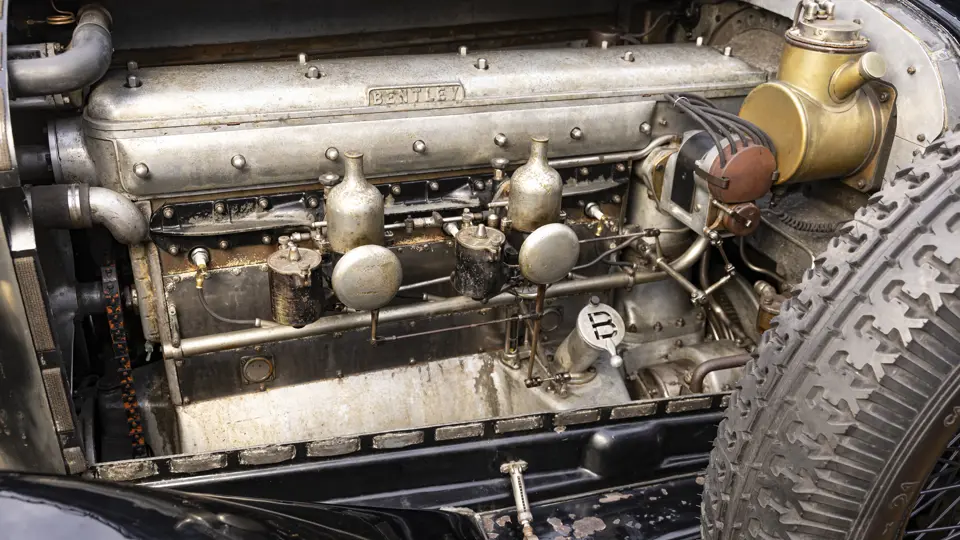
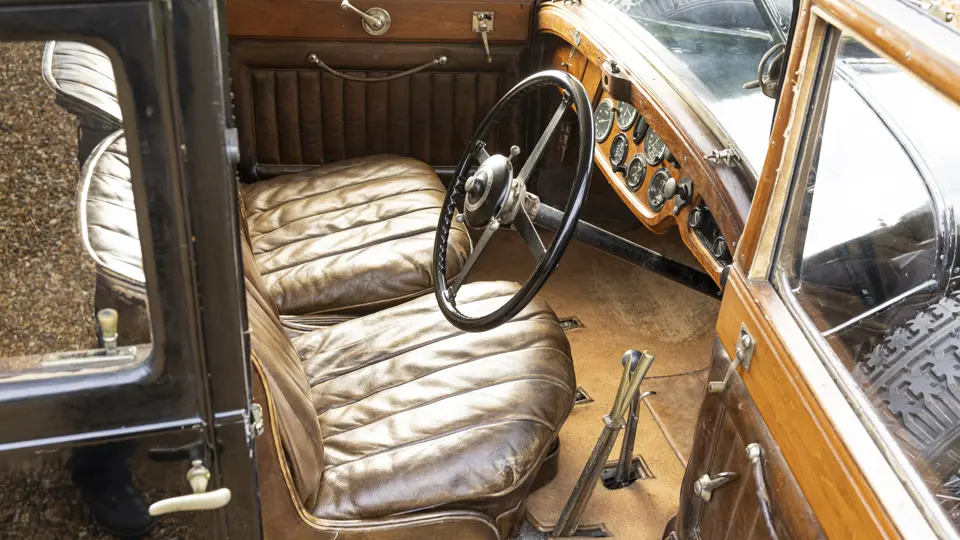

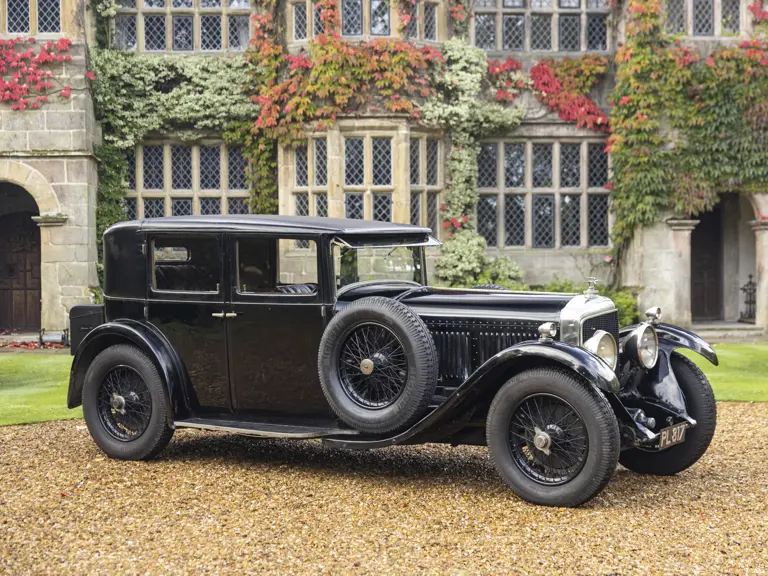
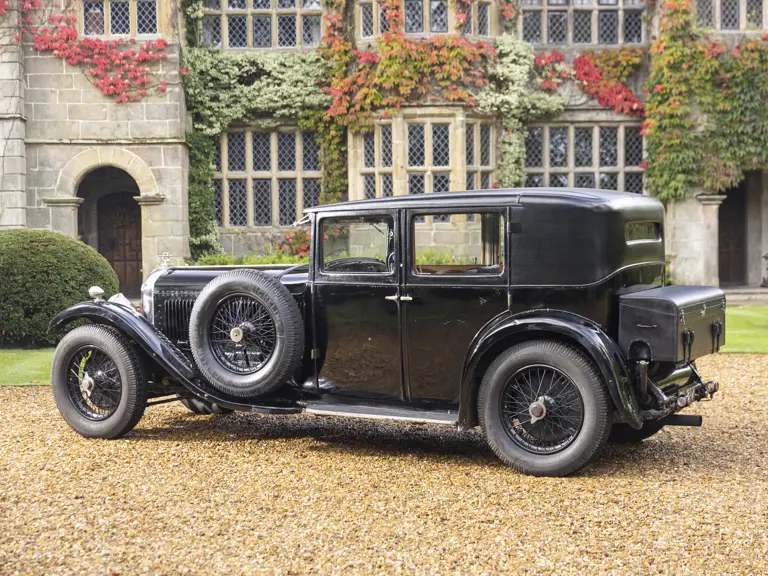
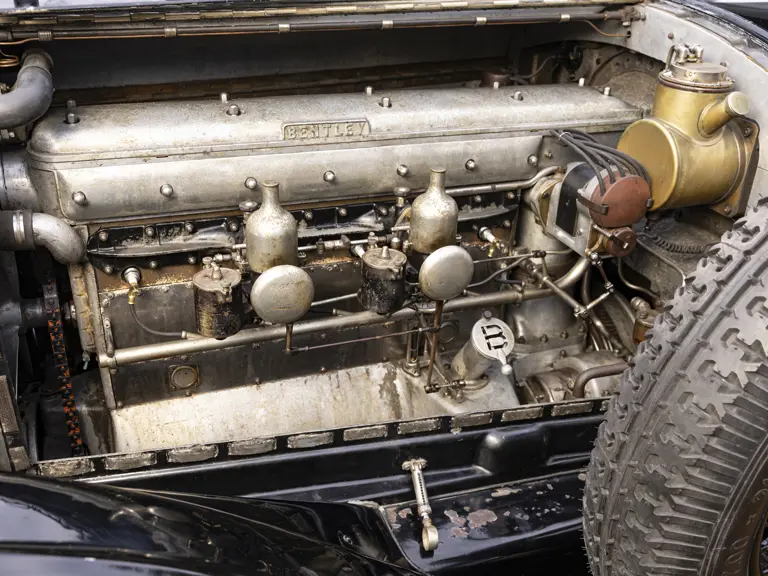
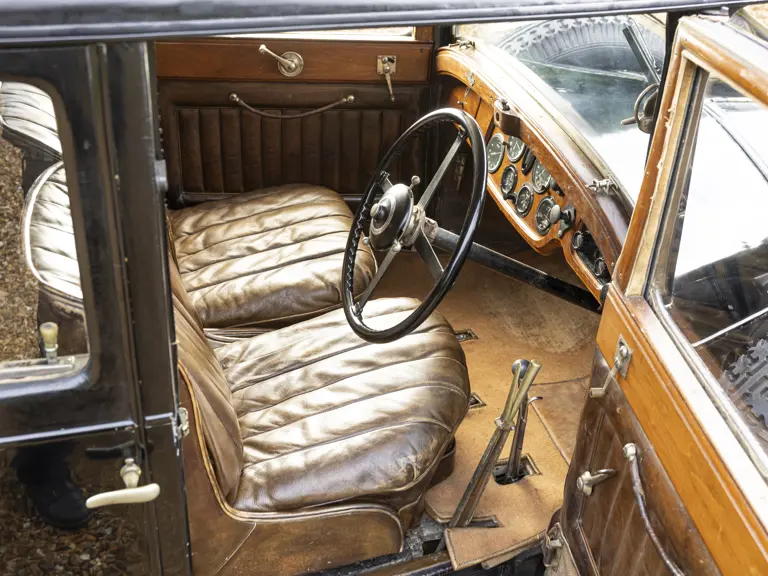
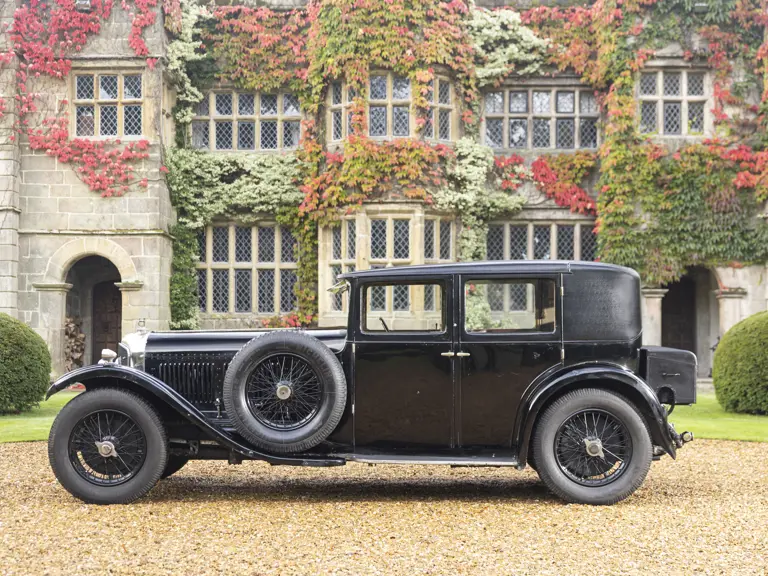
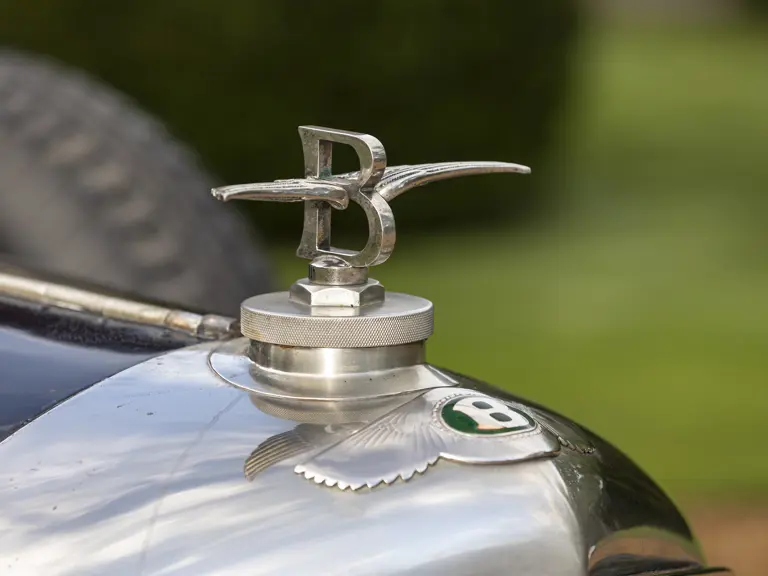
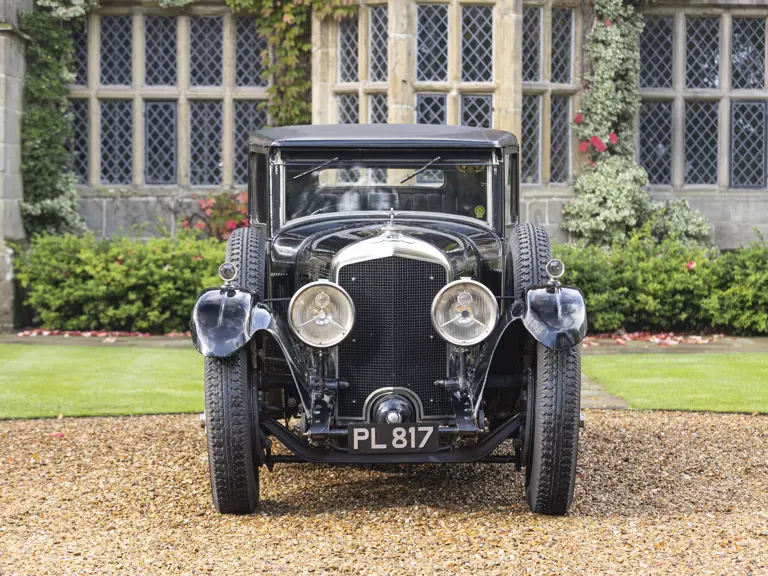
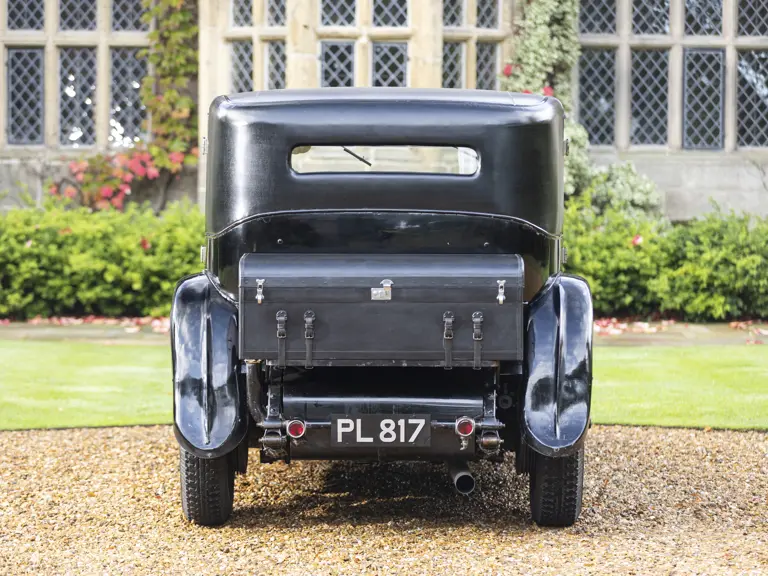
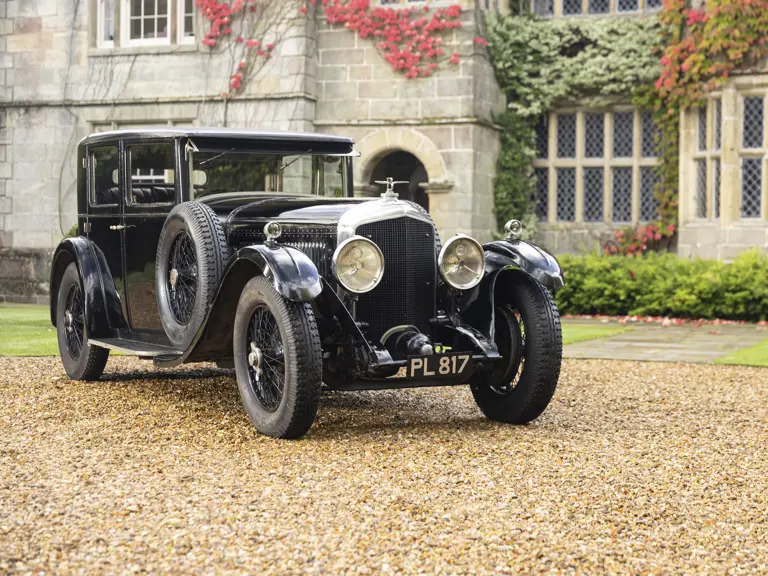
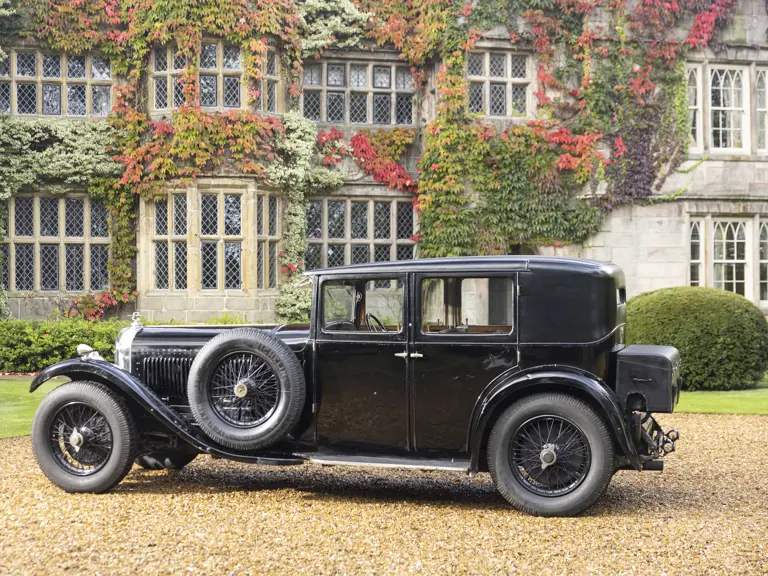
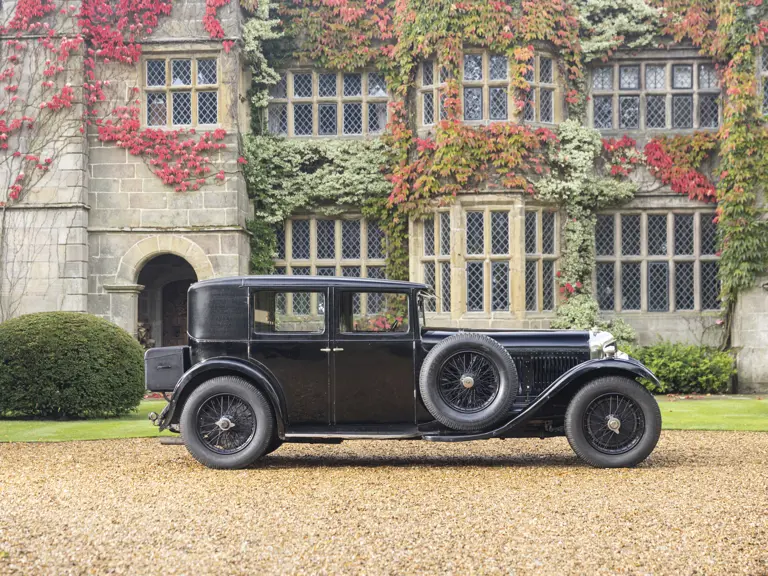
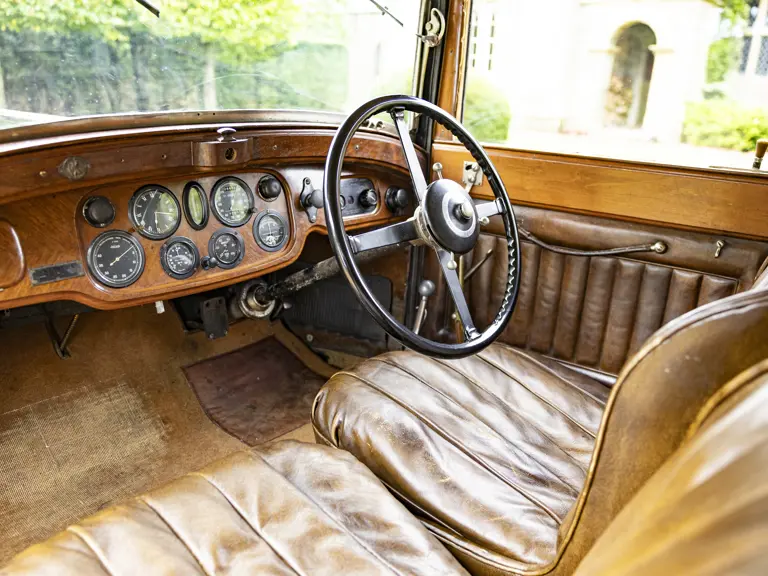
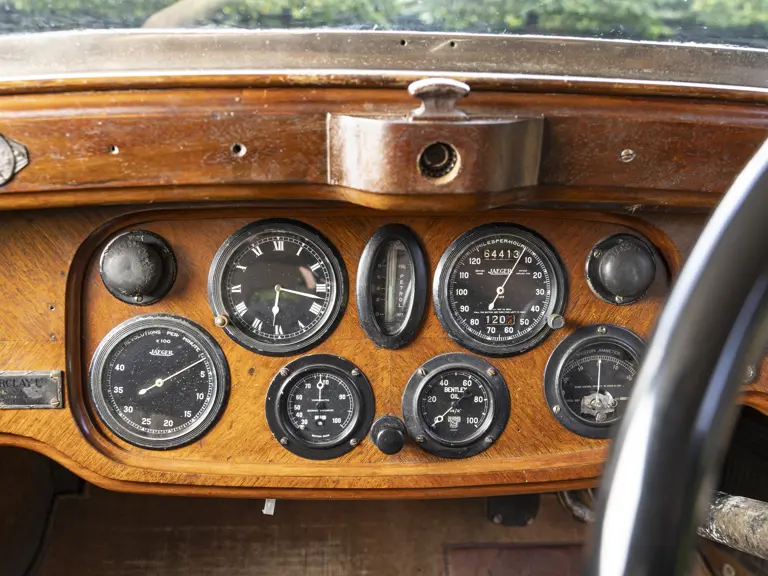
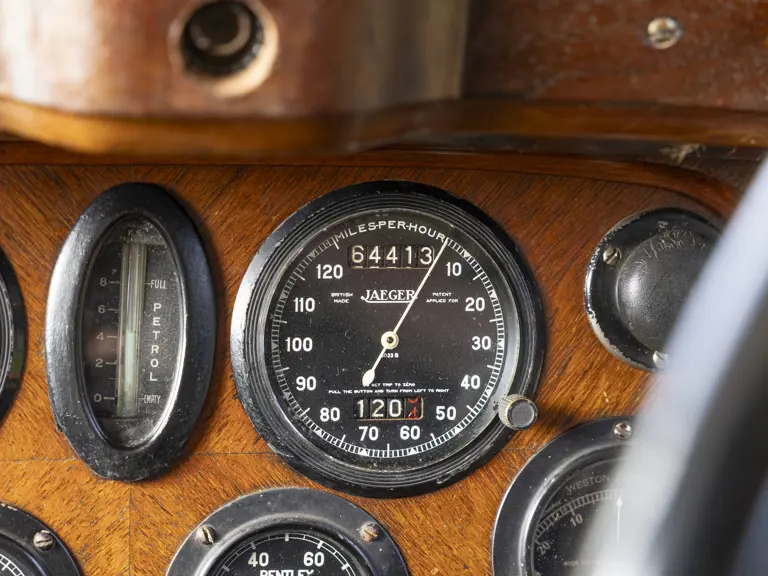
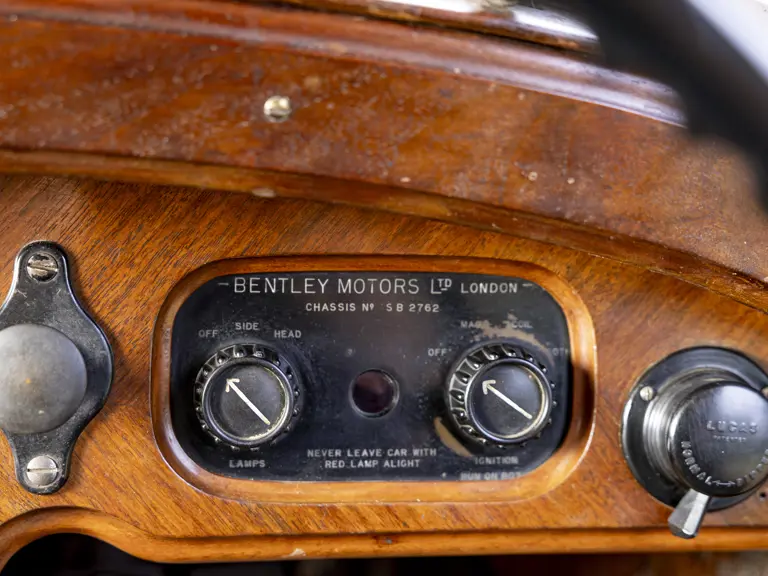
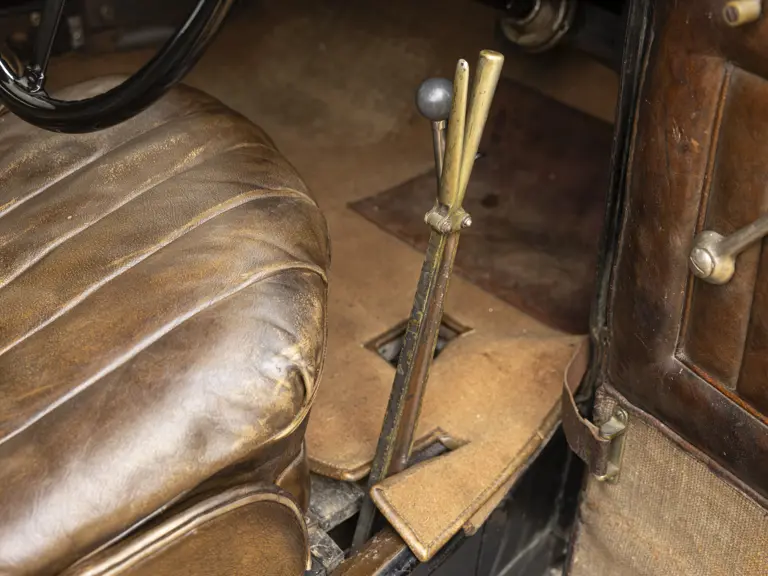
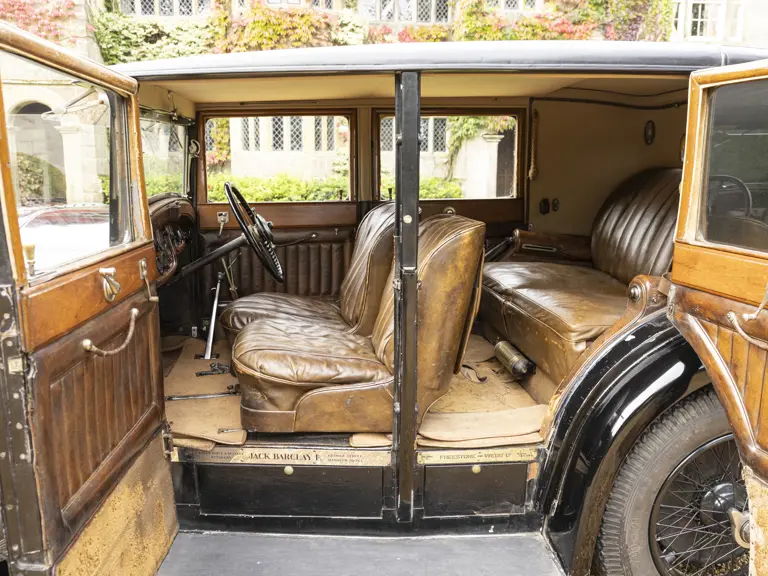
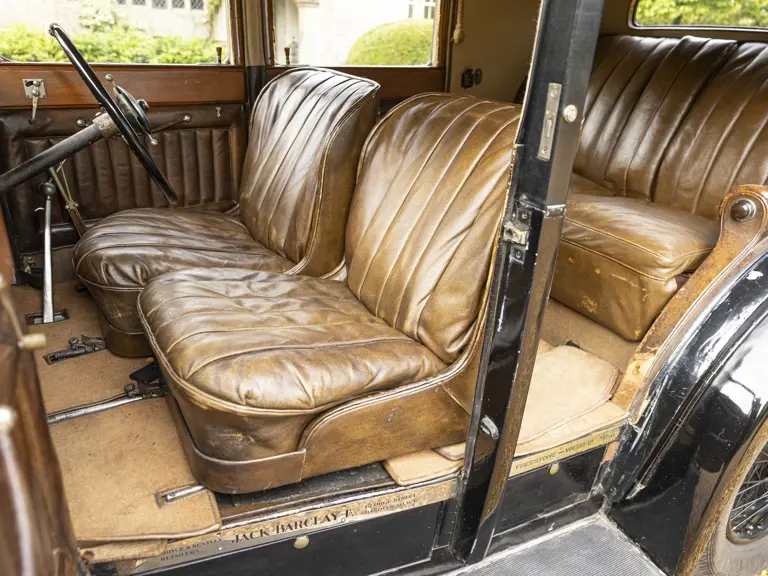
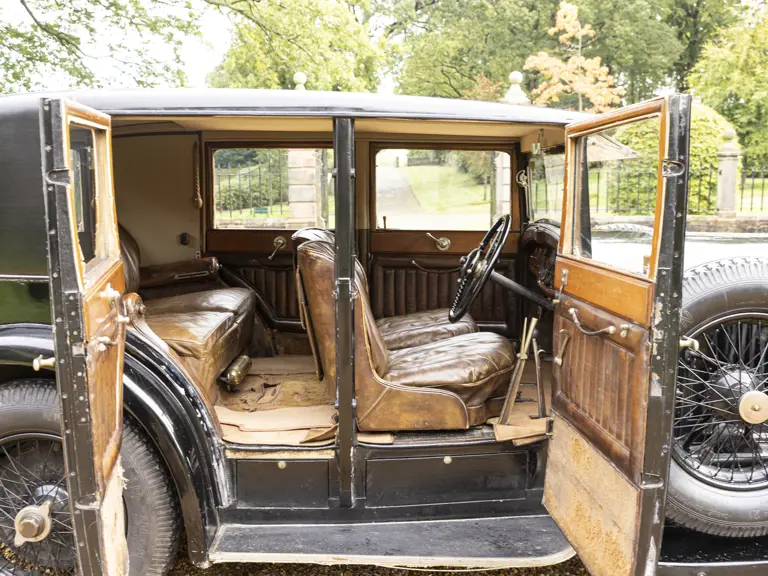
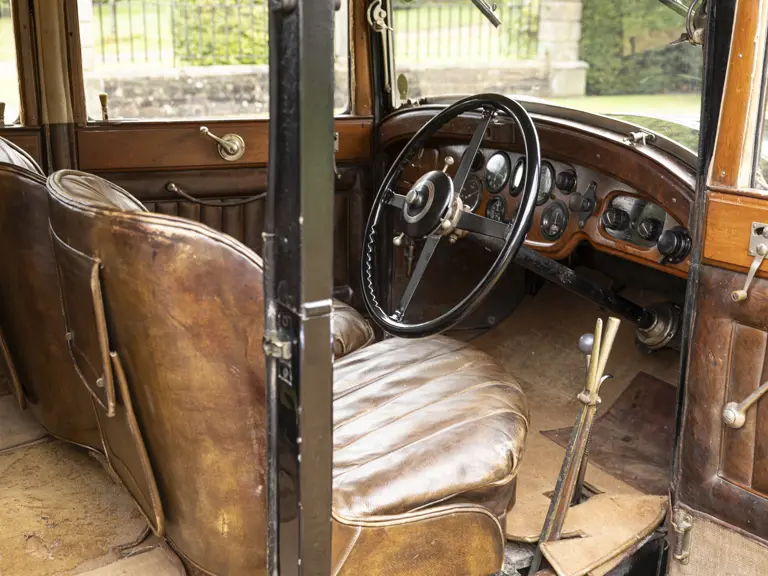
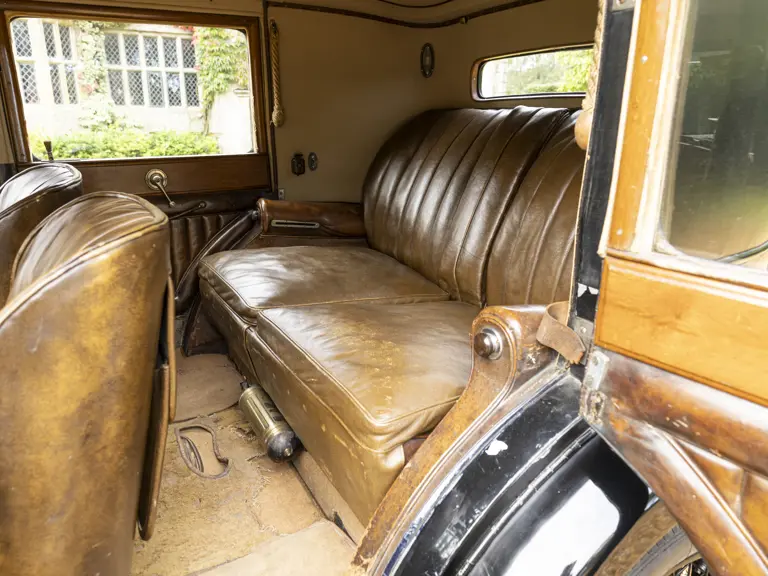
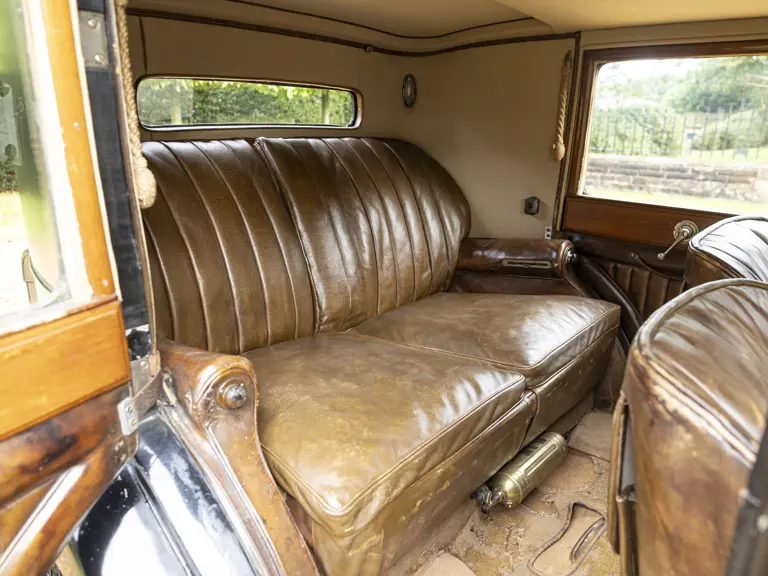
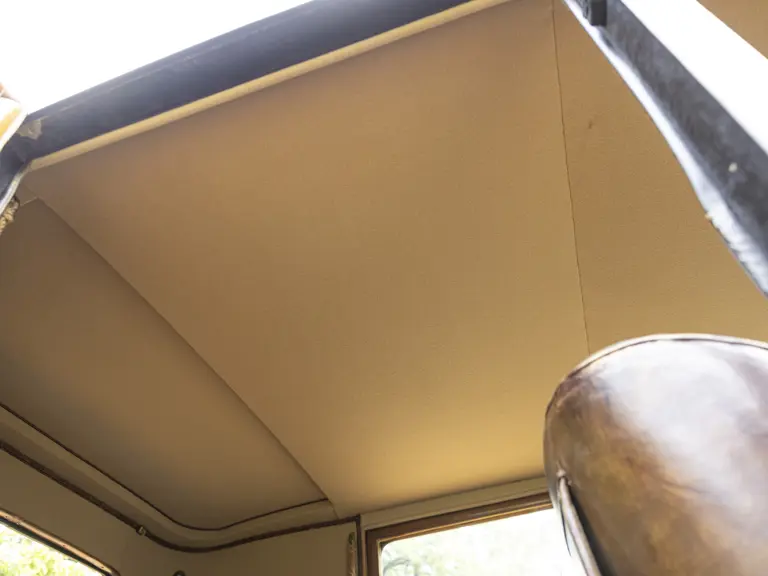
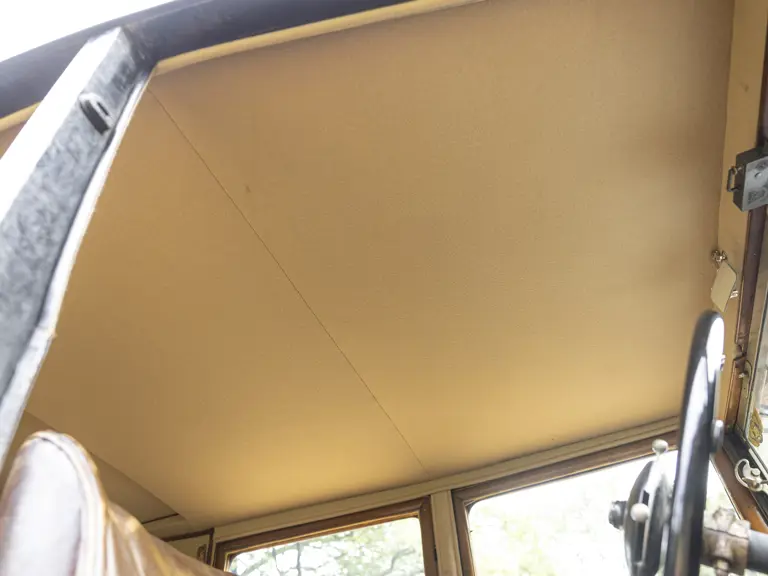
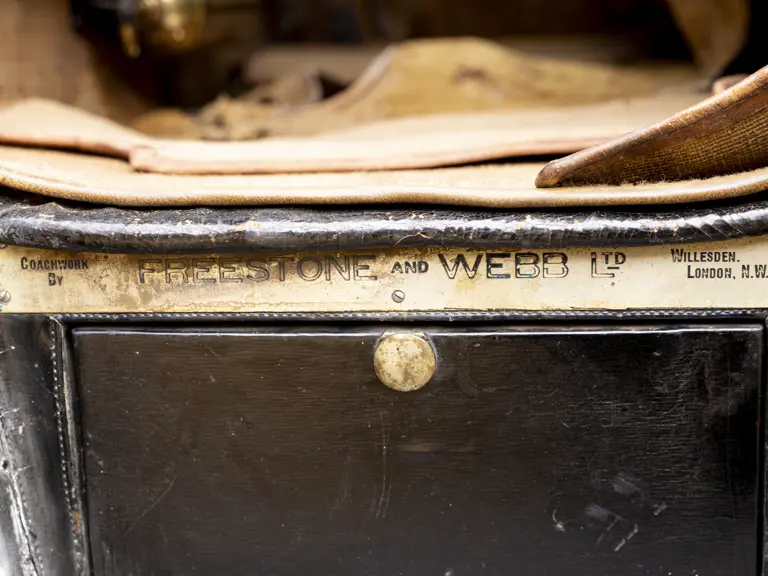
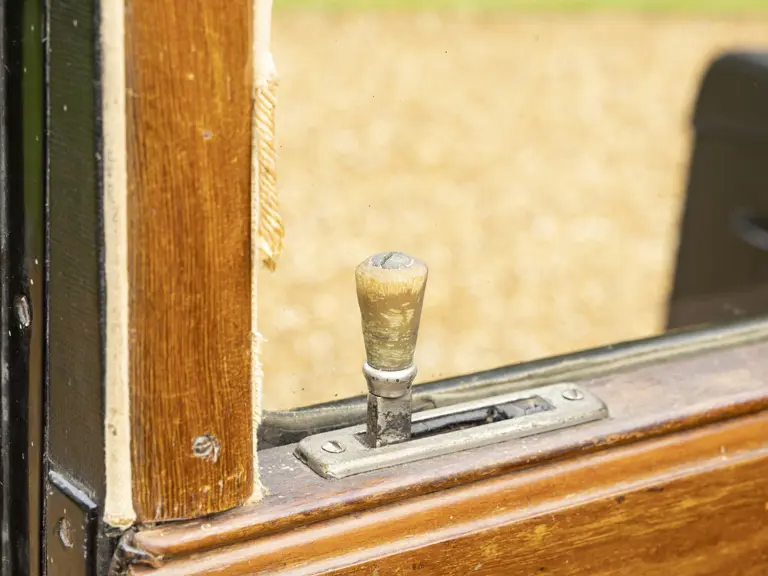
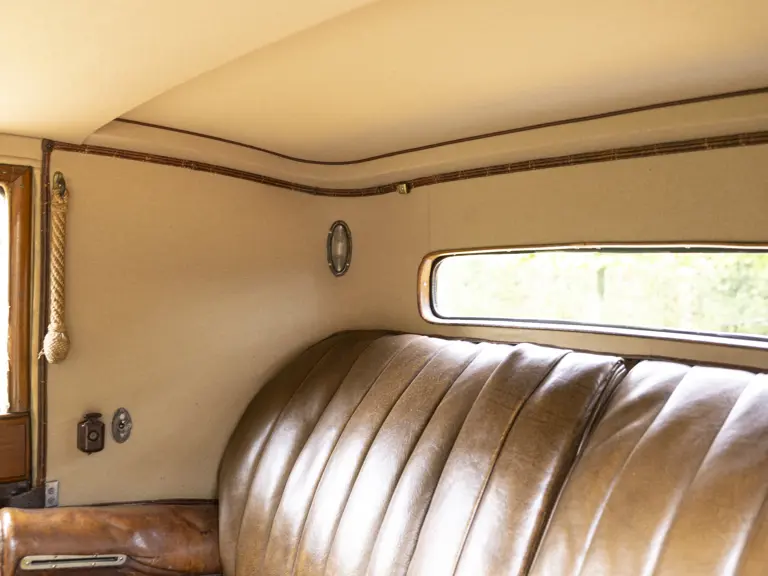
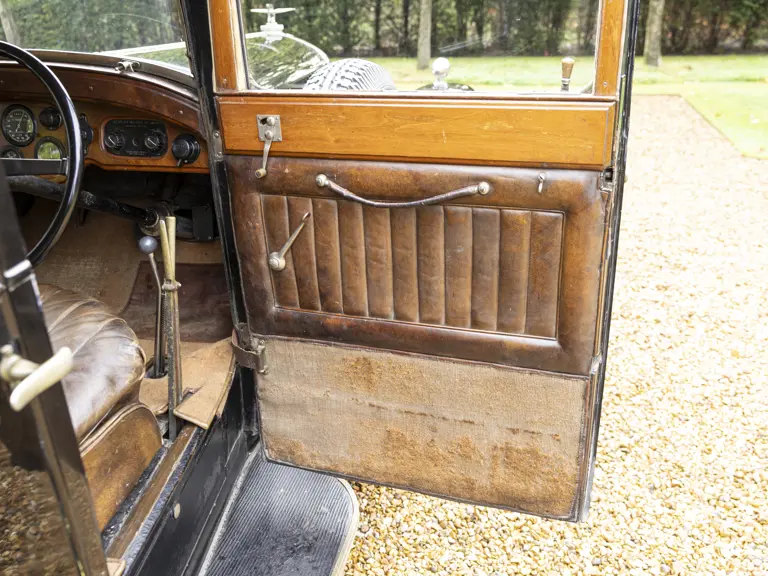
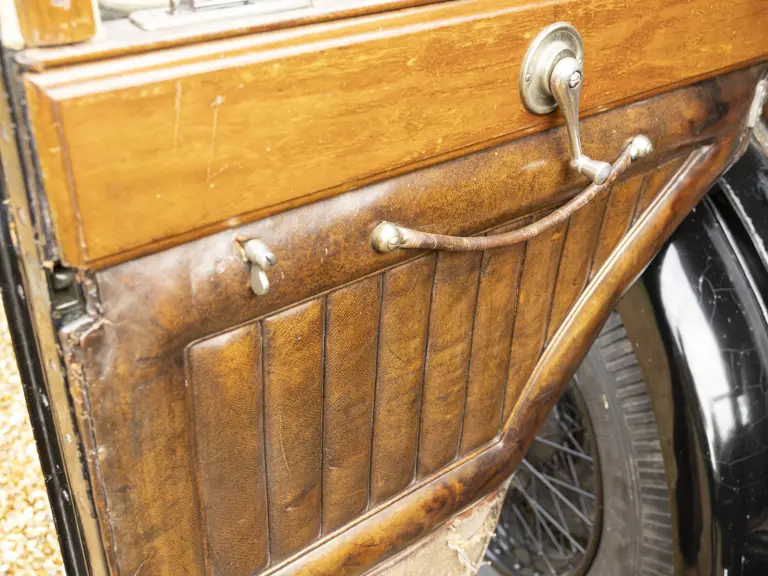
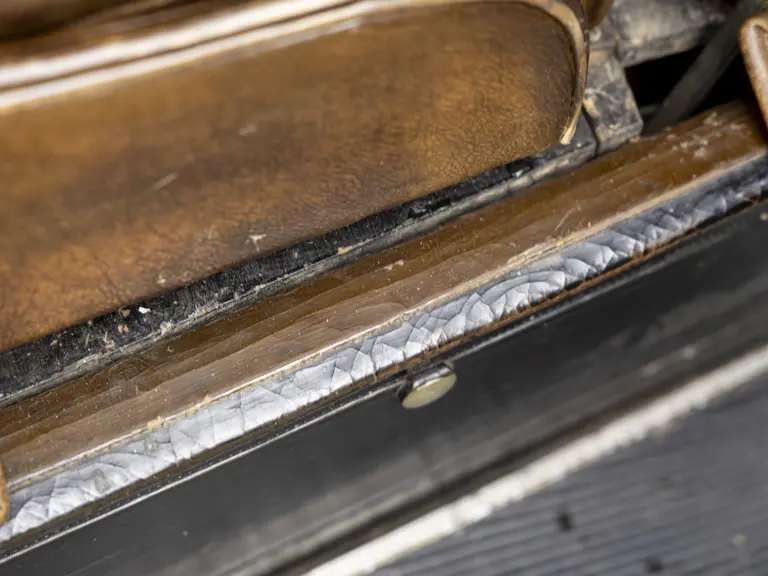
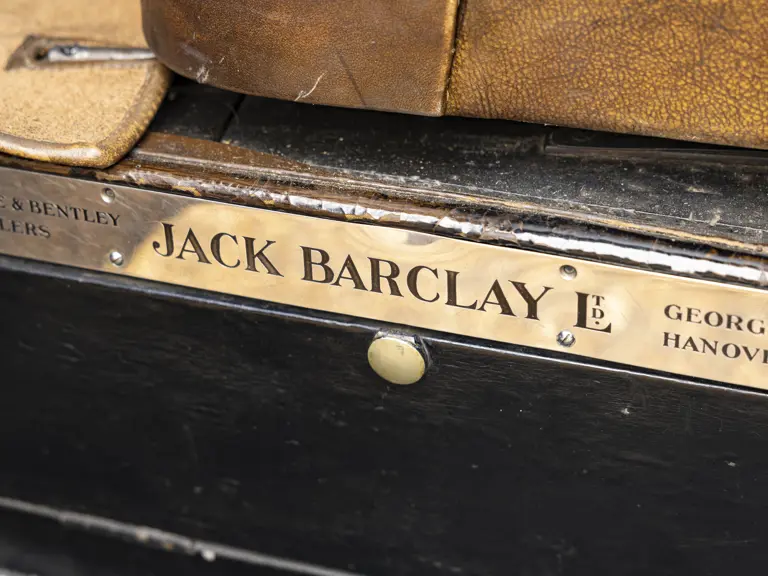
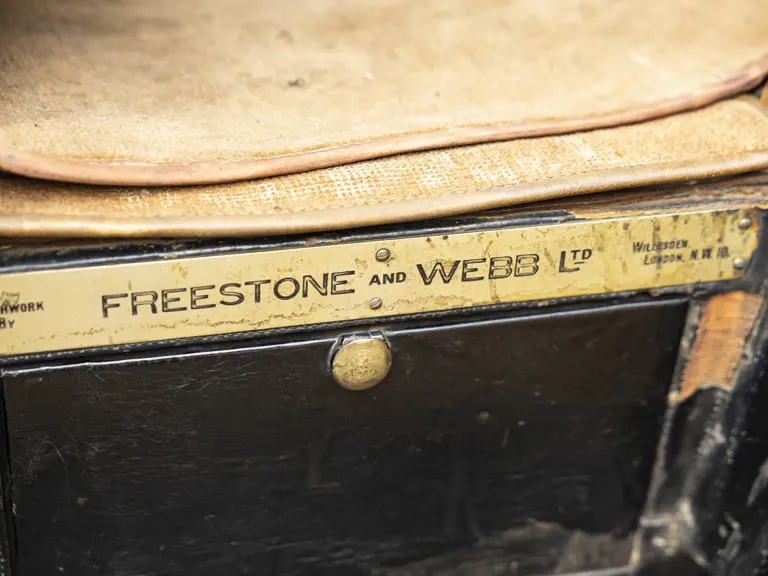
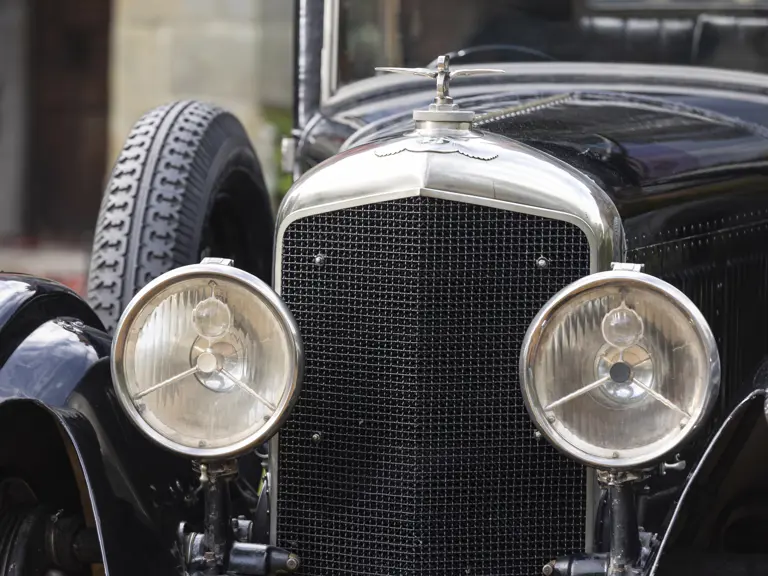
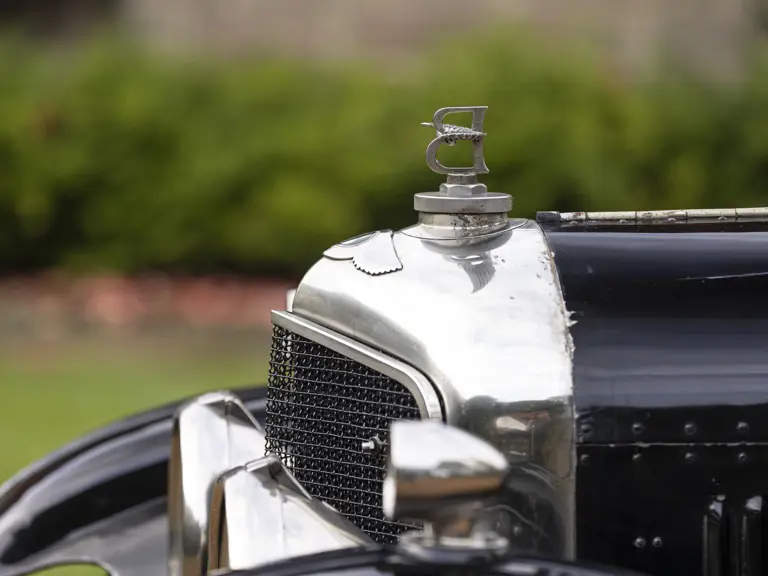
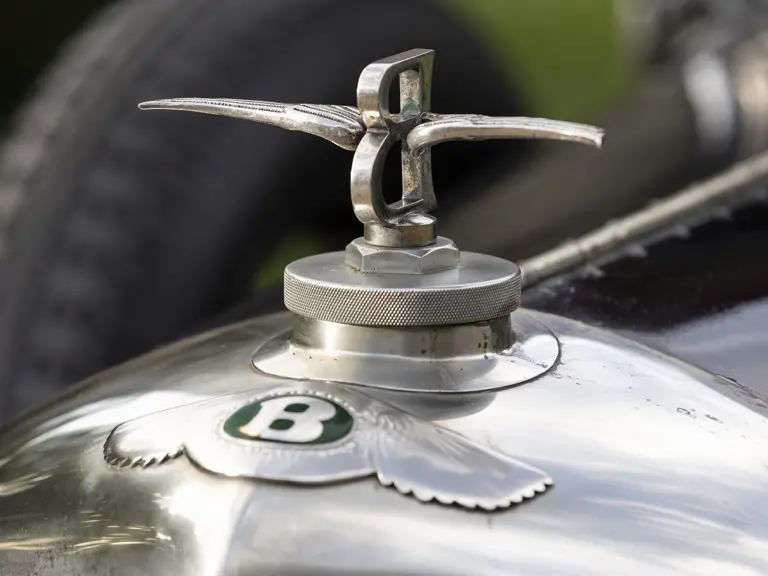
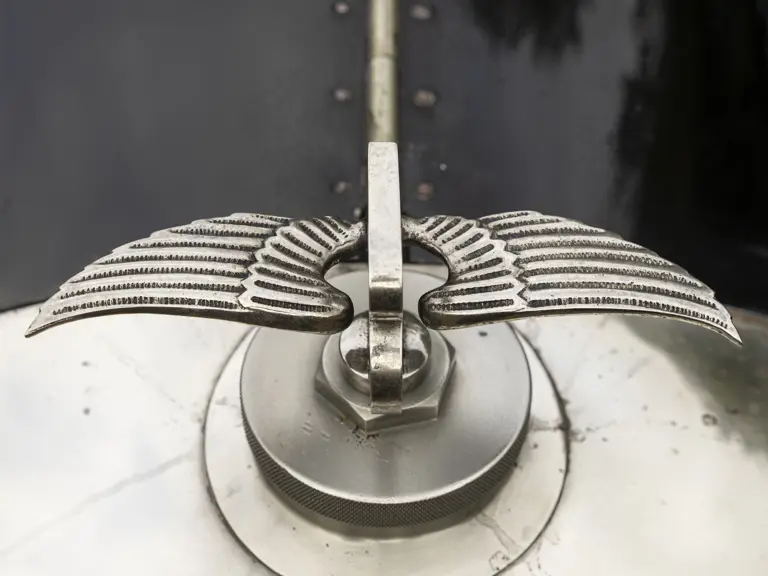
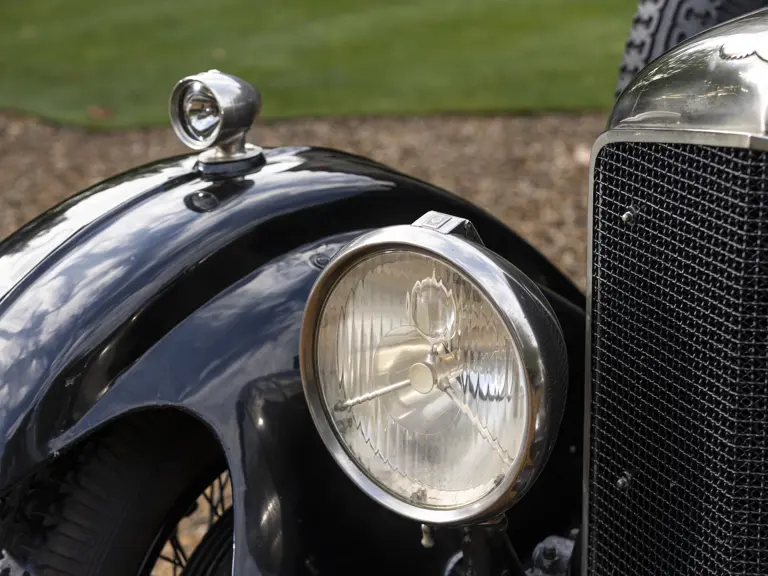
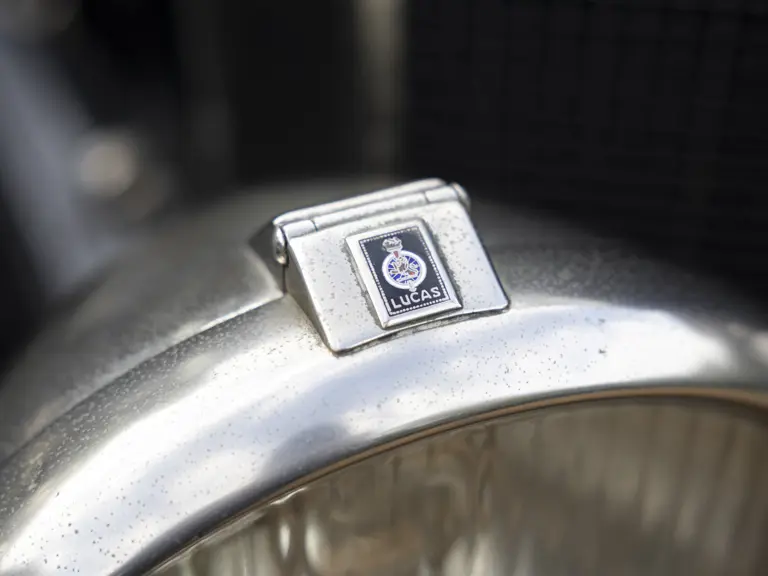
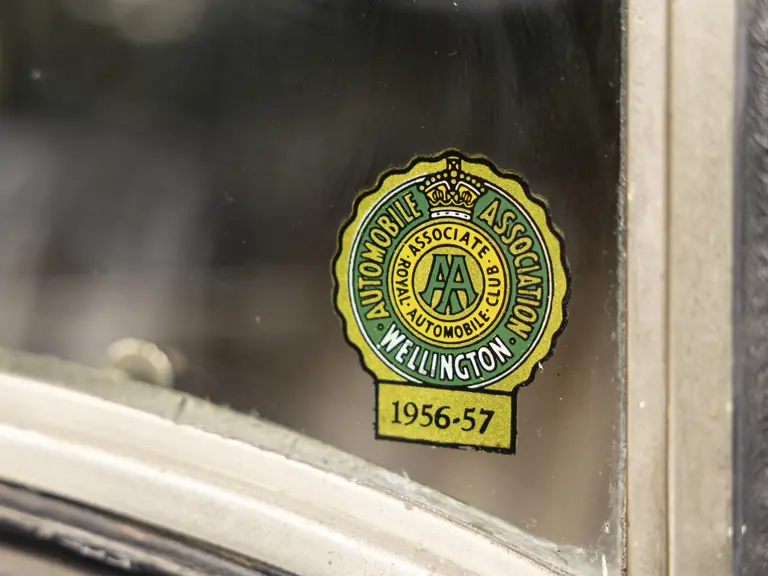
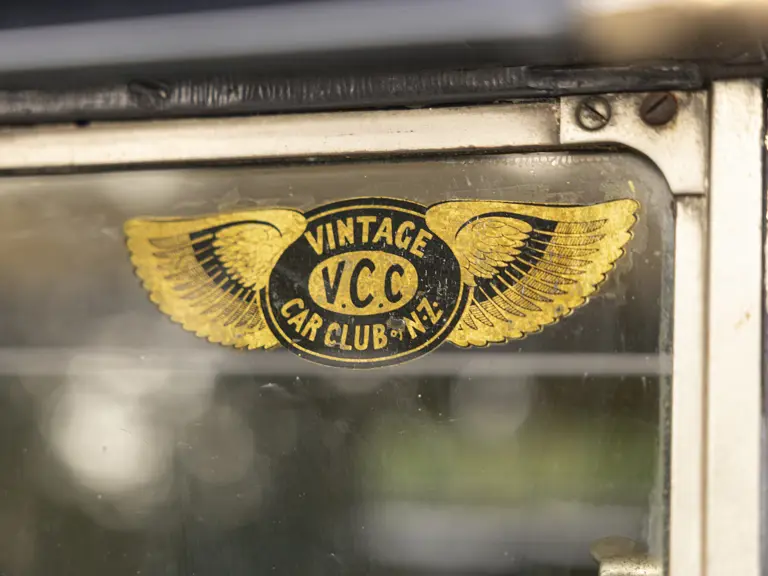
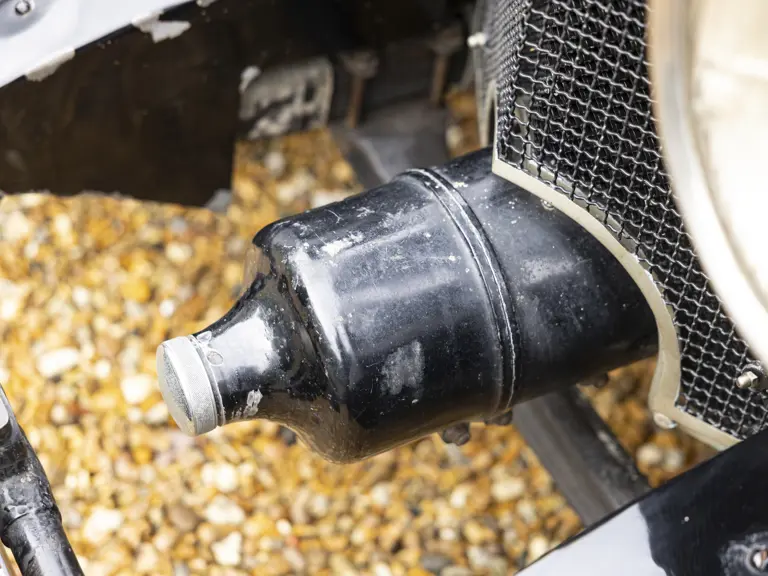
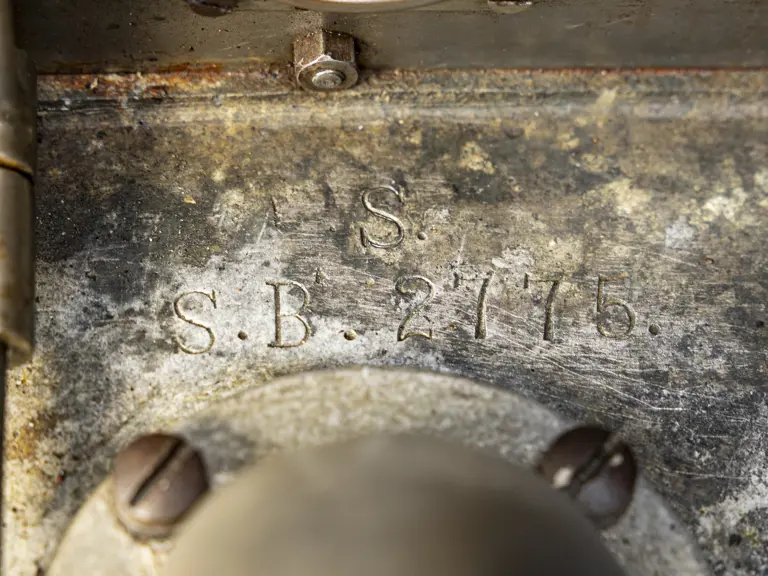
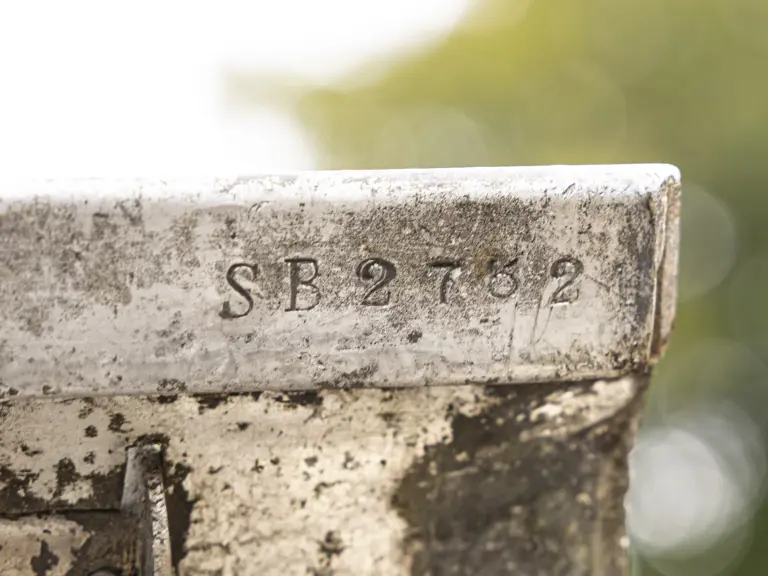
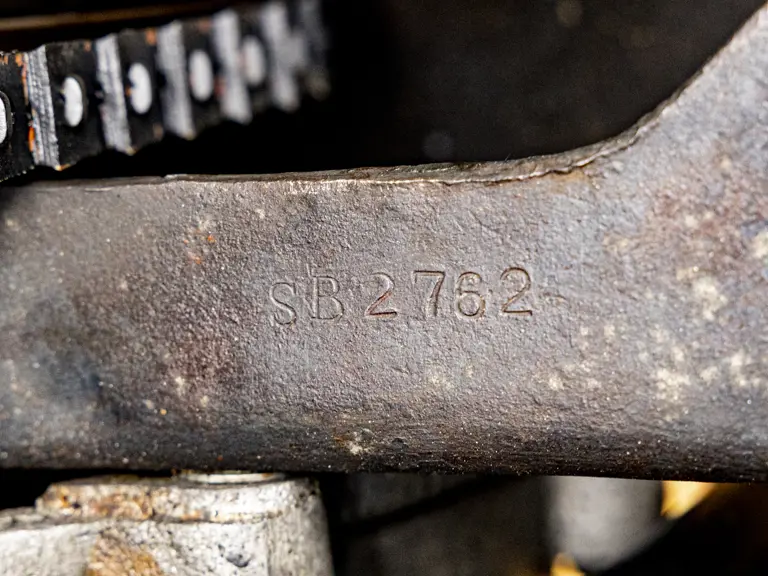
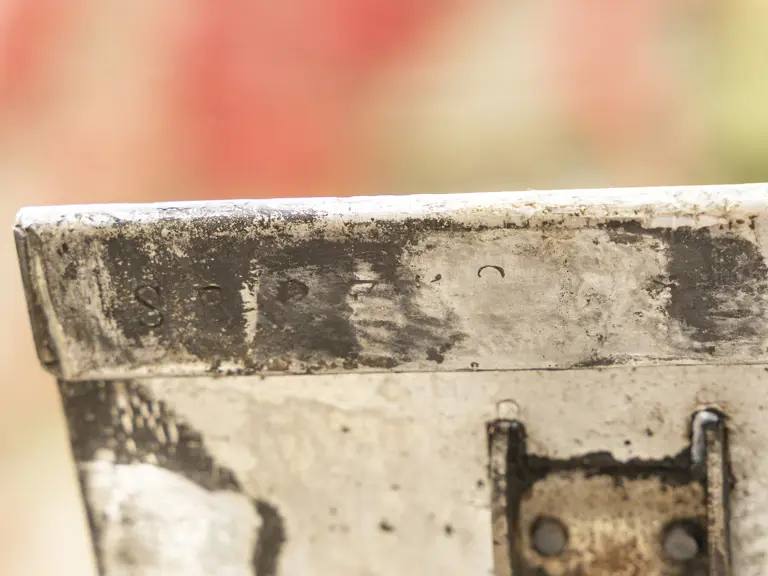
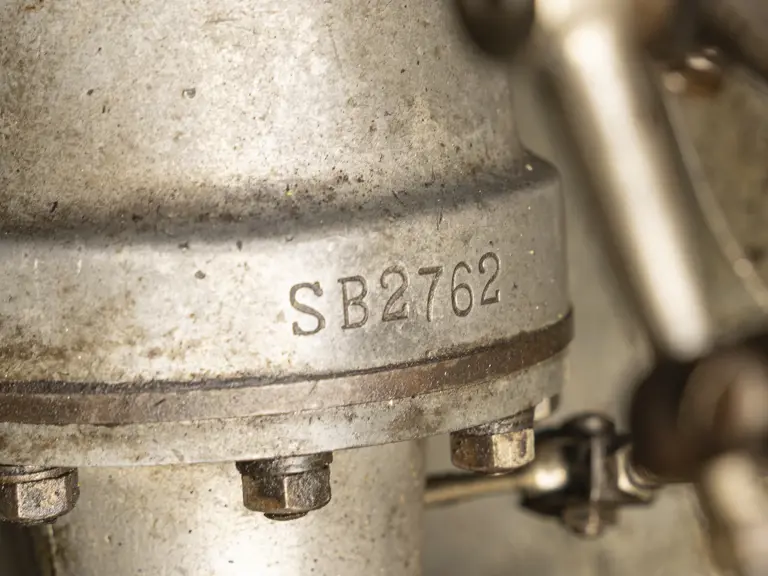
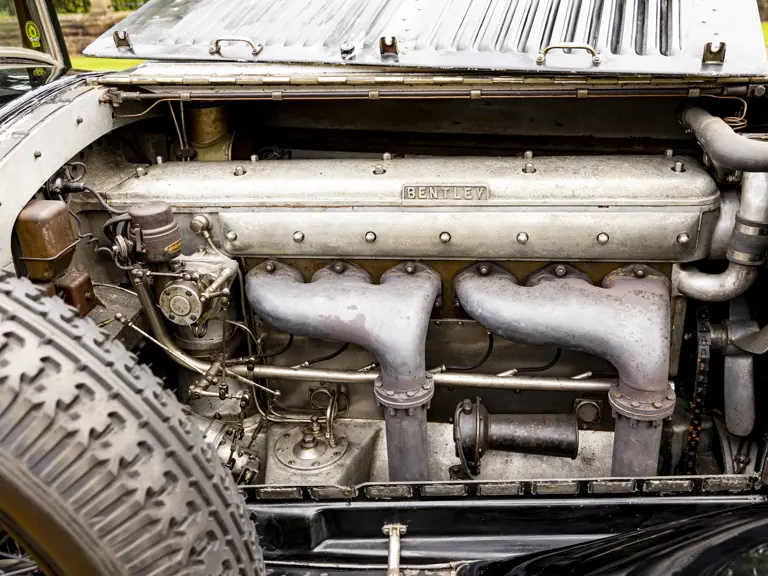
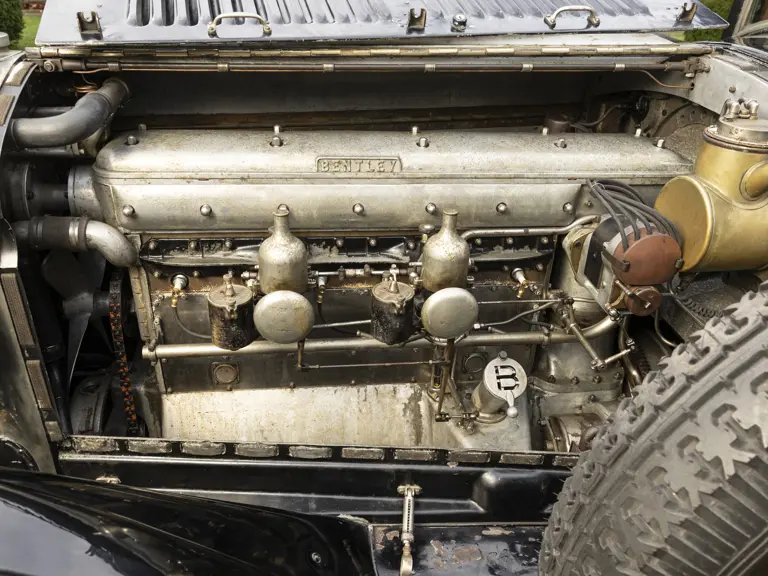
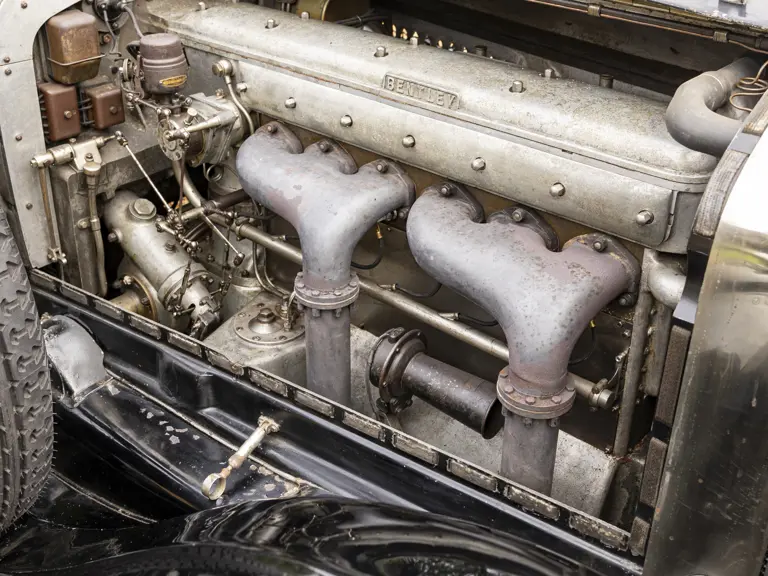
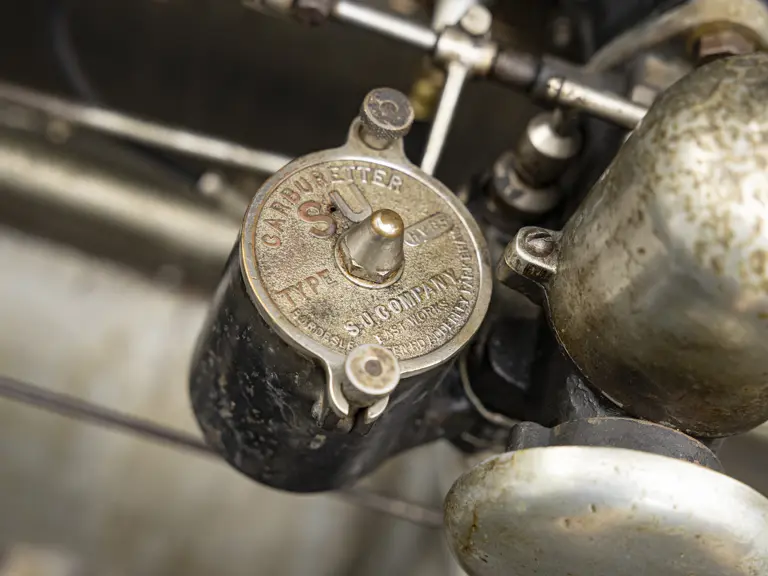
 | London, United Kingdom
| London, United Kingdom
